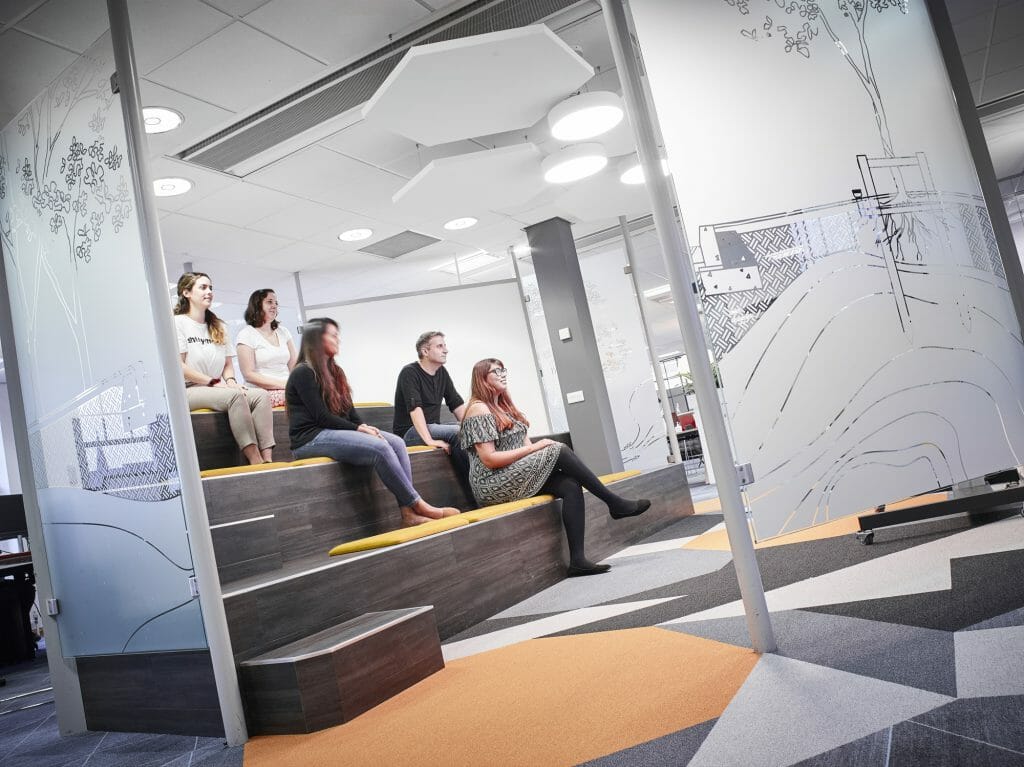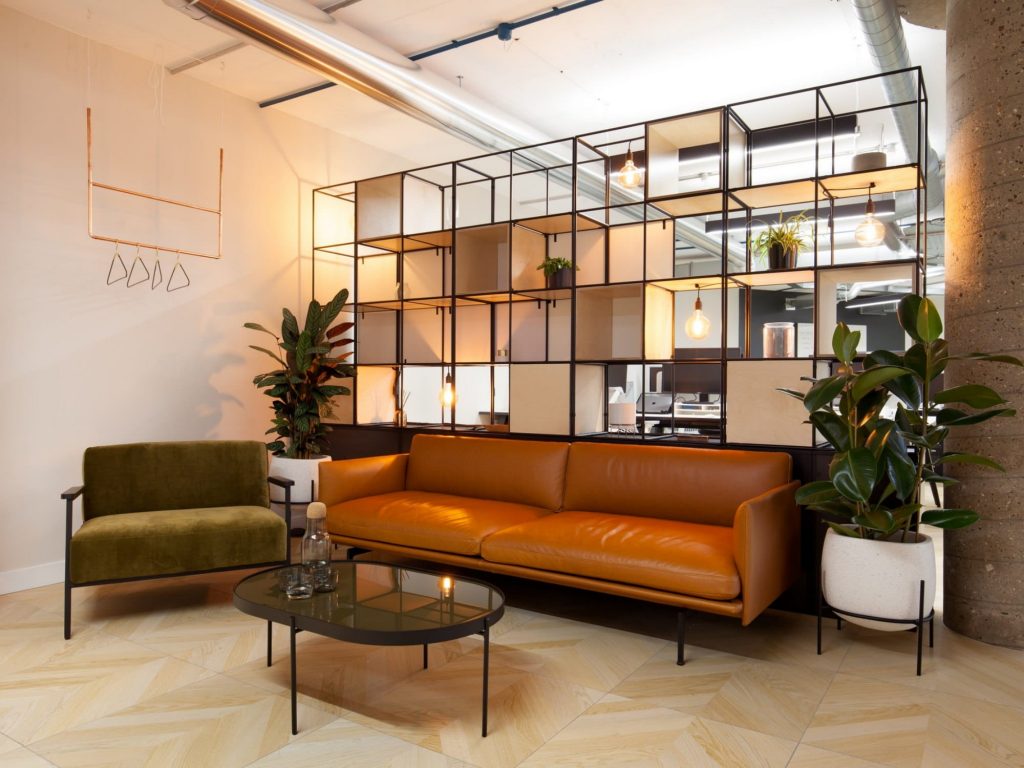9th Jul 2019
Office Lights and Workplace Wellbeing: What’s the Link?
Office lighting is a necessity but when incorporated into a well-designed workplace, it can be utilised to improve wellbeing too.
It’s obvious to most that we’re advocates of enhancing workplace wellbeing in every sense, whether it’s through office design, specially designed furniture, culture shifts – anything. And we find that people ask about these things when we’re talking about wellbeing at work, but lighting isn’t always mentioned first.
Why? Probably because it’s something that we don’t necessarily realise can affect us until it does. This is when it becomes apparent that adequate lighting in the workplace is essential – especially in our age of global connectivity and 24/7 communication.
Lighting isn’t the full story or the only solution to improving wellbeing at work, but by the end of this article you’ll understand why it’s so important to consider for your peoples’ health.

Bad lighting can cause wellbeing issues such as…
1.Negative disruption to a person’s body clock
Light is the human race’s primary tool for setting our circadian rhythm, otherwise known as the body clock, and there are lots of detrimental health effects associated with this. Stress, depression and obesity have all been linked to negatively disrupted circadian rhythms.
When done well though, lighting can be used to influence our body clocks in a positive way, increasing energy levels when we need an extra boost or helping us to relax, for instance.
2. Increased frustration
Whilst it’s not always possible to get lots of natural light into a space, filling it with poor lighting will do nothing to help people to stay awake and productive at their desks.
In fact, a study by Staples found that as many as one-in-four people are frustrated at having to deal with poor lighting at work, so this problem isn’t uncommon.
3. Eye strain and headaches
As well as putting you to sleep, it’s well-known that dim lighting can cause unnecessary eye strain.
But lighting that’s too bright can bring on headaches too, so it’s important to get the balance right or give people the tools they need to adjust the lighting in their workspace if it’s causing issues.
How to tackle office lighting issues
We may have started on a bit of a negative note but there is a light at the end of the tunnel (sorry, we couldn’t resist!).
The WELL Building Institute talk about the need “to better delineate day versus night in the spaces where we spend our time, for example, by creating a built environment with biologically brighter days and darker nights.”
This might sound a little technical, but there are lots of great workplace lighting solutions out there to help you do this, and create a space that supports rather than hinders wellbeing. Talk to us if you’d like to know more.
Light can be used for different functions
As we’ve already mentioned, light has a massive impact on how we feel about our work environments. Clever lighting can be used for all sorts of positive or functional outcomes.
1. Different areas of an open plan workplace can be zoned using different lighting styles.
2. Warm light can create relaxing, comfortable social/break spaces. It’s great for use in work cafes too.

3. Meeting spaces can be made more inspiring for increased productivity. Adjustable lighting is a good one for enclosed spaces where the light can vary throughout the day.

4. Helping increase productivity when it’s needed most. This can be especially important for shift workers, or when the nights draw in during the winter months.
But light is just one part of the bigger picture…
A study by the Centre for Performance at Work at City University London found that “Whilst lighting alone is unlikely to have a strong effect on performance, it is one of several factors that combine to create healthy work environments that in turn help promote employee engagement, well-being and productivity.”
And this really is the key, it’s all about having a holistic approach to wellbeing.
The Staples study we mentioned earlier also found that 33% of respondents said their current office space is depressing or demotivating. That’s a huge number, and changing up the lighting in a space isn’t going to solve the problem.
We love a good bit of workplace problem-solving so get in touch if you’d like help creating a healthier happier environment for your people.